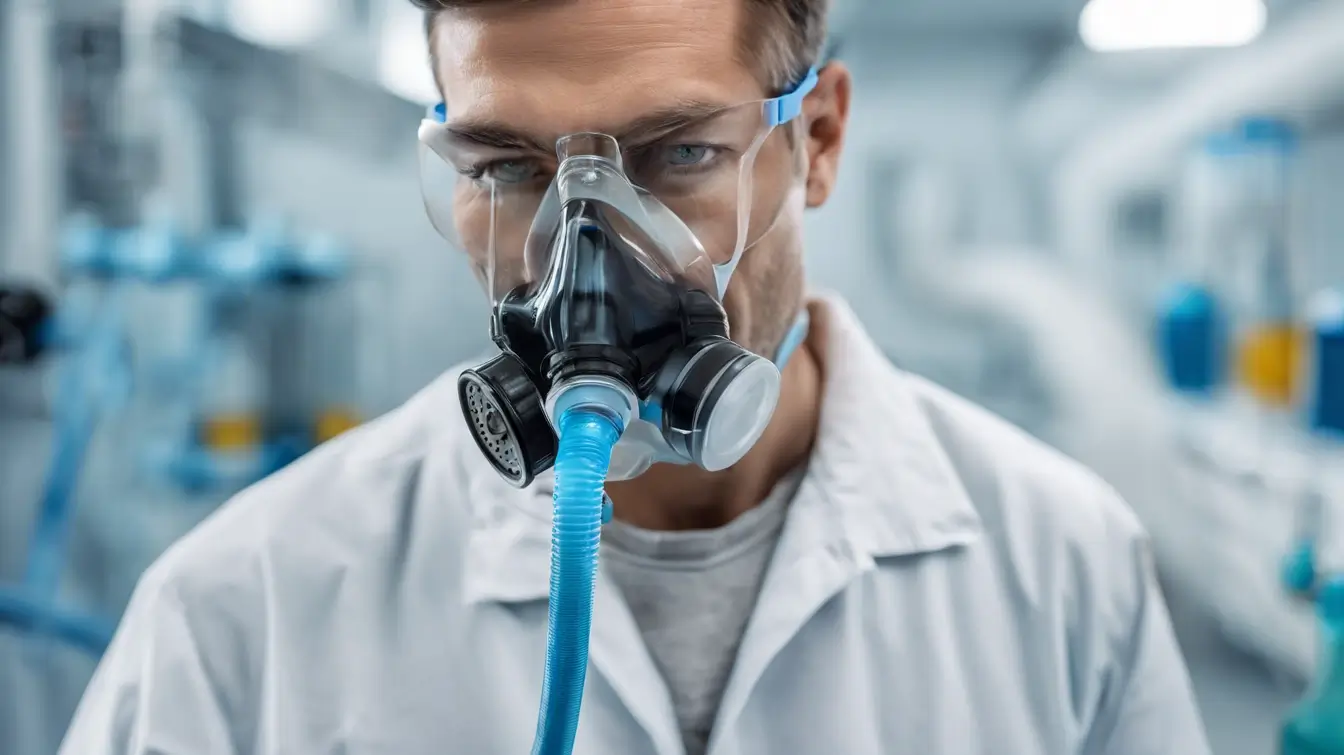
Oxygen is the source of life. Its physical properties allow a wide variety of uses. Both in its configuration as breathing gas in hospitals, at home, in isolated places, both for biological treatment of aqueous wastes and for oxygen reactions in the process industry. The importance of oxygen to human health is critical in the process of excreting toxins from the body and this is because of the large amount of energy produced from oxygen that our body needs to release toxins. Oxygen is the most powerful and important source of energy production. The way we consume oxygen directly affects our body’s functions. Oxygen is the basis of life on Earth and without it there would be no life.
The substance we are most familiar with, which occupies two-thirds of our body volume, is water, which consists of 2 hydrogen atoms and 1 oxygen atom.
When a person inhales air, the oxygen is absorbed into the lungs, binds to the hemoglobin inside the red blood cells and is carried to all the cells of the body. Thus it connects with the nutrients in chemical processes that release energy needed by the body for its activity. Oxygen is a gaseous element, colorless and odorless, marked O. Oxygen is the most common element in the Earth’s crust and makes up about 20% of the atmosphere. Oxygen reacts with most elements and even with noble gases such as xenon. Oxygen is the basis of life on Earth, and without it life would not be possible.
The natural process for renewing the amount of oxygen in the air is carried out through a process that occurs in plants – photosynthesis – in which the plants release oxygen into the air. It is also possible to renew the amount of oxygen in the air through the process of breaking down water into diatomic hydrogen and oxygen.
Peroxide hydrogen commonly known as “hydrogen peroxide” is a peroxide, a very weak blue colored liquid that appears colorless in a solution slightly more viscous than water. A hydrogen peroxide molecule consists of two oxygen atoms and two hydrogen atoms. The chemical formula of hydrogen peroxide is H2O2.
Hydrogen peroxide is a very strong oxidizing agent, and is a stronger oxidizer than chlorine, chlorine dioxide and potassium permanganate. Additionally, with a catalyst, hydrogen peroxide can become a hydroxyl radical (OH) with reactivity second only to fluorine.
Hydrogen peroxide in processes in the human body In the process of utilizing oxygen to produce energy, hydrogen peroxide is created as a byproduct. Since it is a strong oxidizer, it can react with almost any organic substance and change its composition. Therefore, hydrogen peroxide must be used in a low concentration in order not to damage the body’s cells. After all, hydrogen peroxide in high concentration is harmful to the cell and may cause its death. The rate of by-products varies between 0.2% and 4% in relation to the oxygen consumed and processed in the breathing process. This rate, although small, is enough to cause the death of the cell. The cell deals with this problem by creating enzymes that neutralize the toxic byproducts of oxygen. The enzyme whose function is to break down hydrogen peroxide is called catalase, and it is found in almost all organisms exposed to oxygen. The enzyme breaks down the molecule into water and oxygen which increases the oxygen level in the blood.
Use in the beauty and personal care industry Hydrogen peroxide is used in the beauty and personal care industry and can be found in many products including hair dyes, toothpastes, mouthwashes, bathroom cleaners and stain removers in laundry as well as for water treatment, swimming pools and more.